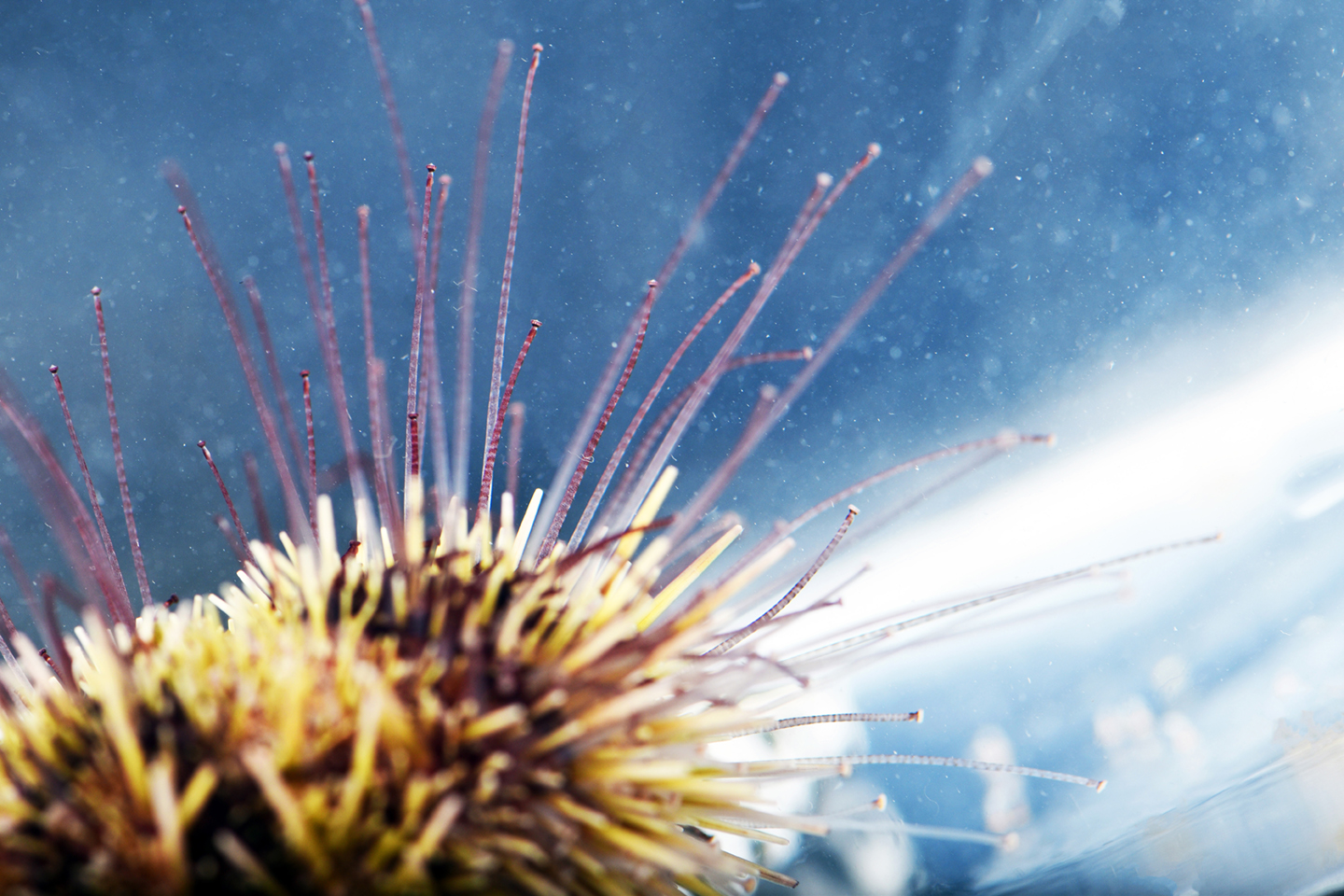Austin M. Garner
Education
- Ph.D. in Integrated Bioscience, The University of Akron, 2021
Research Interests
- Animal adhesion and friction
- Animal locomotion
- Functional morphology
- Comparative biomechanics
- Bio-inspired design
Research Description
The Garner Lab for Animal Morphology & Mechanics (GLAMM) is focused on elucidating the connections between form, function, environment, and behavior in both terrestrial and aquatic systems of animal adhesion, friction, and locomotion. We primarily conduct these investigations using geckos, anoles, and sea urchins as model systems, but are also exploring these connections in benthic station-holding fishes, such as marine sculpins. Ongoing studies in our lab typically fall within one of the following topic areas: (1) biomechanics of adhesion, friction, and/or locomotion under ecologically relevant conditions; (2) functional
morphology and bio-inspired design of biological attachment devices; and (3) mechanical principles of attachment.
Selected Publications
- Kane, E.A., A.M. Garner, L.A. Hume, and T. Pesacreta. 2025. Epidermal microstructures on the paired fins of marine sculpins suggest new functional hypotheses supporting benthic station-holding. Royal Society Open Science 12(3): 241965.
- Garner, A.M., A.J. Moura, C.A. Narvaez, A.Y. Stark, and M.P. Russell. 2024. Repeated hyposalinity pulses immediately and persistently impair the sea urchin adhesive system. Integrative and Comparative Biology 64(2): 257-269.
- Moura, A.J., A.M. Garner, J.P. Cucchiara, C.A. Narvaez, A.Y. Stark, and M.P. Russell. 2023. Hyposalinity reduces tube foot coordination and adhesion in sea urchins. Journal of Experimental Biology 226(13): jeb245750.
- Pamfilie, A.M., A.M. Garner, A.P. Russell, A. Dhinojwala, and P.H. Niewiarowski. 2023. Get to the point: Claw morphology impacts frictional interactions on rough substrates. Zoology 157: 126078.
- Garner, A.M., M.C. Wilson, C. Wright, A.P. Russell, P.H. Niewiarowski, and A. Dhinojwala. 2022. Parameters of the adhesive setae and setal fields of the Jamaican radiation of anoles (Dactyloidae: Anolis): potential for ecomorphology at the microscopic scale. Biological Journal of the Linnean Society 137(1):85-99.
- Garner, A.M., M.C. Wilson, C. Wright, A.P. Russell, P.H. Niewiarowski, and A. Dhinojwala. 2021. The same but different: setal arrays of anoles and geckos indicate alternative approaches to achieving similar adhesive effectiveness. Journal of Anatomy 238(5):1143-1155.
- Garner, A.M., A.M. Pamfilie, A. Dhinojwala, and P.H. Niewiarowski. Tokay geckos (Gekkonidae: Gekko gecko) preferentially use substrates that elicit maximal adhesive performance. Journal of Experimental Biology 224(4):jeb241240.
Scholarly Acitivites


